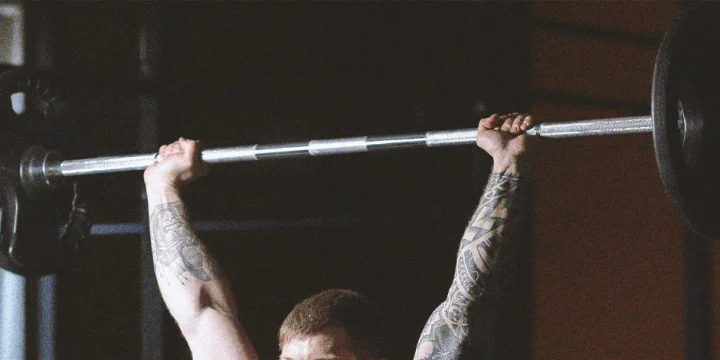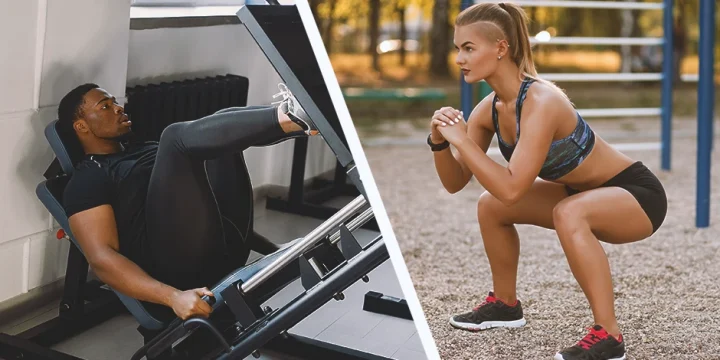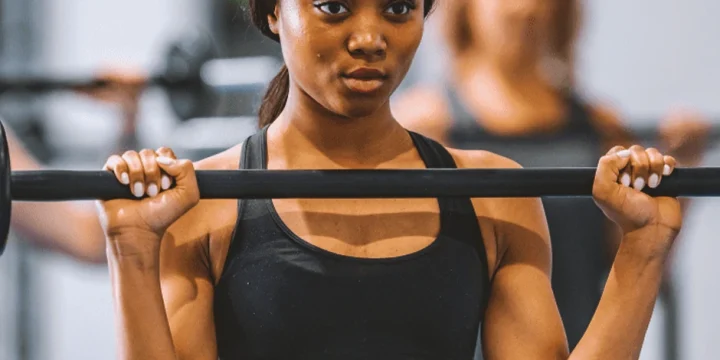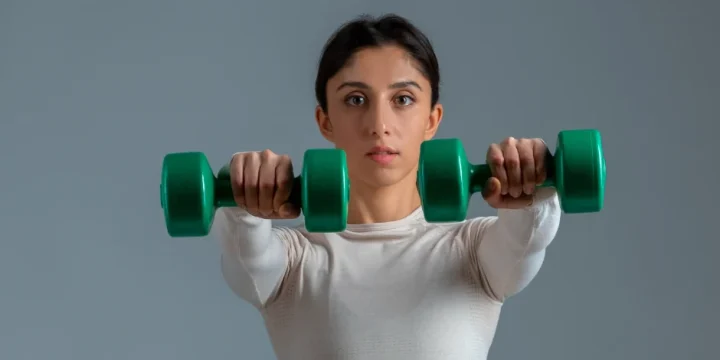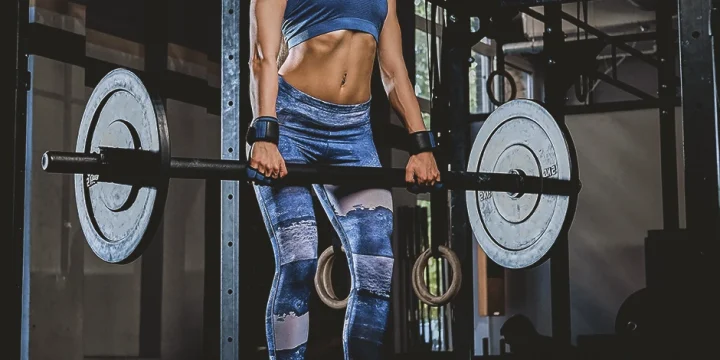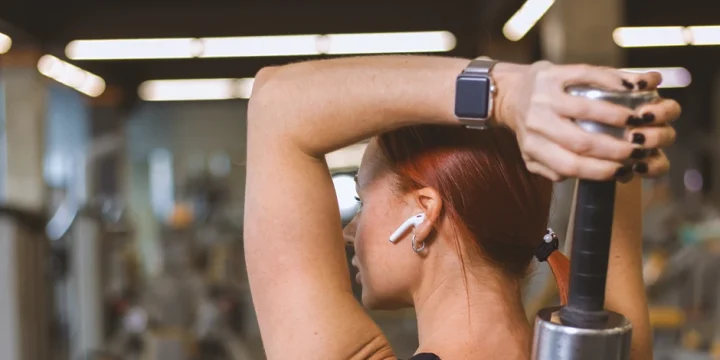The hanging leg raise is possibly one of the most underrated core exercises. And as a certified personal trainer, I’m surprised at how few people will do these workouts at least once a week.
With great benefits for your core strength and your hip flexors, adding hanging leg raises to your routine will have a huge impact.
But you have to be careful to get the form right and add some variety as well.
So, I got the team together and talked to four other fitness coaches to come up with this clear guide.
Quick Summary
-
- You can also get more out of the hanging leg raise with a bit of added endurance and strength that you can get with some simple supplements.
- According to the American Hip Institute, hanging leg raises also work the hip flexors, which connect the hips to the upper legs, facilitating hip and knee flexion.
- I've found that hanging leg raises, when done correctly, are one of the most effective and underrated exercises for core strengthening.
How to Do Hanging Leg Raises

As a fitness trainer, I often notice that many gymgoers struggle with hanging leg raises, making a few common mistakes.
To help you avoid these, I've created a concise guide covering the proper form and typical errors.
Here’s what you need to do:
- Get into the starting position by grabbing hold of a pull-up bar on a preferred power rack or Smith machine; ideally, find one that is high enough so your feet don’t touch the ground.
- Use an overhand grip with your hands shoulder-width apart to give yourself more stability for the hanging leg raise movement.
- Check that your spine is neutral with your chest out and lungs pumped up, ready to exhale on the concentric part of the hanging leg raises, as shown by research published by Sports Health [1].
- Engage your core and tuck your chin into your chest.
- Keep your feet together and slightly tilt your hips forward to get better core activation.
- Slowly raise your legs while keeping them perfectly straight, and exhale during the entire concentric muscle movement.
- Keep raising your legs until you have a 90-degree angle in your hips and your legs are parallel to the ground.
- Hold this position for two seconds before slowly lowering them down again.
- During the lowering process, keep your spine neutral and take a deep breath to prepare for the next rep.
Your aim is to complete as many hanging leg raises as you can in one set. Once you hit failure, you can always add a half rep just to make sure there’s nothing left to give.
Focus On Proper Form

The hanging leg raise is a workout that will help you get those six-pack abs only if you stick with great form from start to finish.
And that means avoiding these common mistakes.
Avoid Momentum
This is the most common issue that I see as a licensed personal trainer.
Don’t get tempted to create momentum in your lower and upper bodies by swinging your legs back and then raising them.
Yes, it will be easier. But easier also means less effective, and you’ll get frustrated when you don’t see results.
Bending Knees
The main strain with hanging leg raises comes from the fact that your legs are straight.
Doing the first half of the movement with a bend in your knees and then straightening them out at the top is not good form and will slow down your progress.
Pre-Engage Your Core
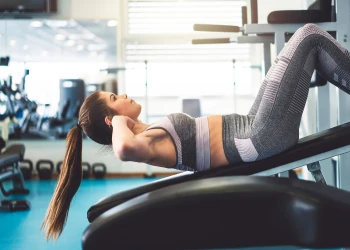
Many people will start feeling burning pain and slight cramping if they don’t fully engage their upper and lower body, as well as their core muscles.
Get that tension on before you raise your legs, and you’ll be able to do more reps.
Warm Up Your Core
If this is your first core workout of the session, then make sure that you don’t start with cold abs.
A simple thing to do is a 90-second plank, just to make sure you get the feeling of a fully engaged core.
What Muscles Are Activated?
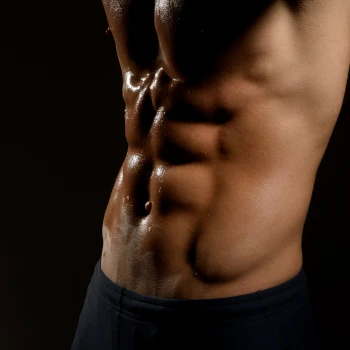
The hanging leg raise primarily activates the hip flexors and abdominal muscles.
As you perform the first rep, the strain intensifies from the lower to upper abs, a finding supported by the Cleveland Clinic [2].
This exercise also intensely works the hip flexors, which connect the hips to the upper legs, facilitating hip and knee flexion as noted by the American Hip Institute [3].
Remarkably, it achieves this intense muscle engagement without placing undue strain on the joints, a rare quality among exercises.
What Are the Benefits?
From my experience as a trainer, I've observed that hanging leg raises offer significant benefits, including:
Abdominal Muscle Development
The main benefit of the hanging leg raise is the strong impact it has on your core muscles without hurting your joints.
Even if you make slight modifications, like the bent leg version, to start with, using your own body weight in this way will quickly provide great results.
Improved Stability
This exercise demands a significant amount of stability. Performing hanging leg raises with the correct form involves bracing and keeping the core stable, which can enhance overall body stability.
Hip Flexor Development
Hanging leg raises can aid in the development of hip flexors. While not the best exercise specifically for hip flexors, they can be beneficial, especially for those with weak hip flexors.
Enhanced Grip Strength
You will also find that your grip strength will improve, which will be a huge benefit for other exercises like deadlifts and barbell curls with heavier loads.
Basically, you’ll be building a stronger foundation for being able to train harder with other exercises.
Hanging Leg Raise Variations

Based on my training experience, I've developed several hanging leg raise modifications to cater to various difficulty levels, ensuring progression and adaptability for all fitness enthusiasts.
Hanging Knee Raise
In my training sessions, I recommend the hanging knee raise for clients who struggle with standard hanging leg raises, especially those with lower back issues.
This variation, which involves lifting bent knees as high as possible, offers a gentler yet effective workout.
Clients consistently report positive experiences, appreciating the reduced strain without compromising the exercise's effectiveness.
Hanging Knee Twist
This is a great version to engage more of the obliques
From the hanging setup, you bring your knees up and twist your torso so that the knees come up towards your shoulder.
There’s a temptation to speed up the movement, but you should aim to keep it slow and steady to increase the impact on your muscles.
Bent Leg Hanging Raise
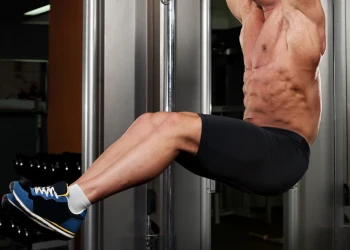
Once you’ve built up more strength with the knees-up and twist versions, I suggest you try to straighten your legs gradually during the movement.
It will be a bit easier with a slight bend in your knees, but push yourself to the straight-leg version.
Weighted Hanging Leg Raise
I introduced weighted hanging leg raises to a few of my advanced clients, and the results were impressive.
By adding ankle weights, they could intensify their workouts effectively.
You won’t need much, as even a pound on each ankle will make it a lot more difficult to raise your legs.
Captain's Chair Leg Raise

Several of my clients who initially found the hanging aspect of leg raises daunting have benefited from using the Captain's Chair Leg Raise.
Utilizing the dip station at the gym, they were able to focus more on the leg-raising motion, gradually building up their confidence and strength to transition to the standard hanging leg raises
Just keep in mind that this won’t help your grip strength.
Single Arm Hanging Leg Raise
And finally, try hanging from one arm and doing leg raises.
This will add strain to your grip, and your hip flexor muscles will become engaged in a slightly different way.
Read more: Lying Hip Flexor Stretches
FAQs
Are Hanging Leg Raises Effective?
Yes, hanging leg raises are highly effective for working on your core and hip flexors. The great thing is that they don’t add much strain to the joints, making it a low-impact workout.
Should You Do Hanging Leg Raises With Straight or Bent Knees?
You should do hanging leg raises with straight knees if you can. Straight legs will have a much bigger impact on your body and will strengthen your core a lot more effectively.
References:
- https://www.ncbi.nlm.nih.gov/pmc/articles/PMC3899915
- https://my.clevelandclinic.org/health/body/21755-abdominal-muscles
- https://www.americanhipinstitute.com/blog/hip-flexor-muscles-anatomy-33981.html
About The Author
You May Also Like
